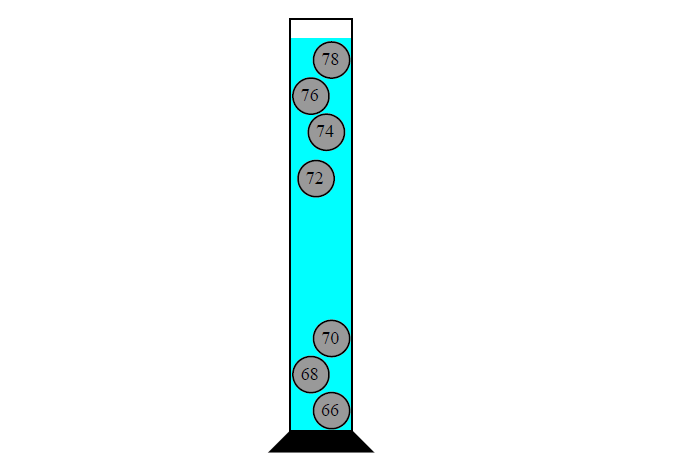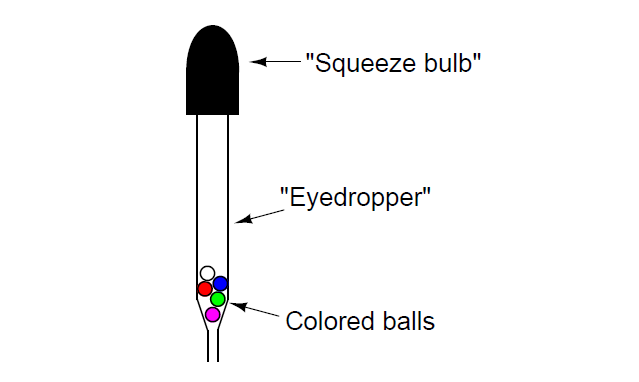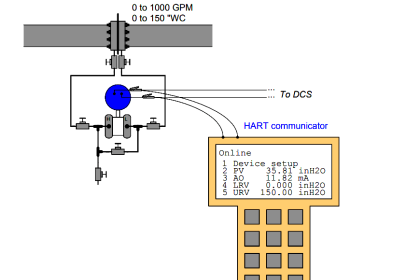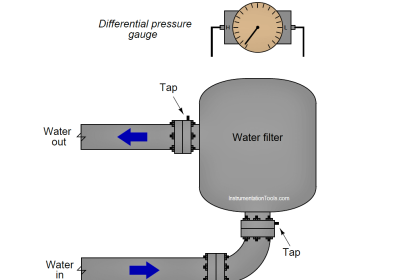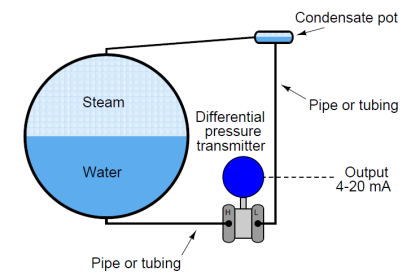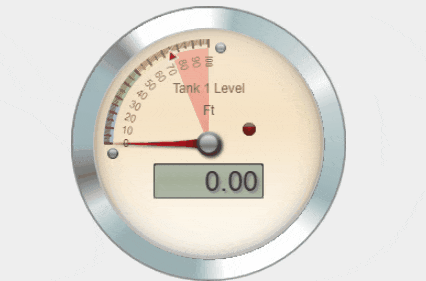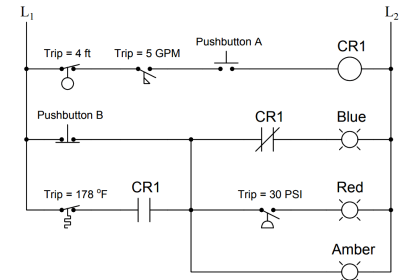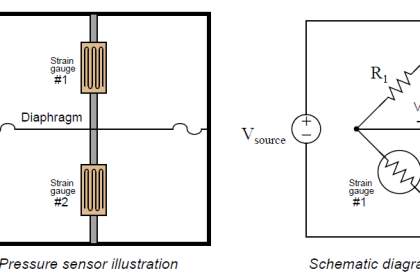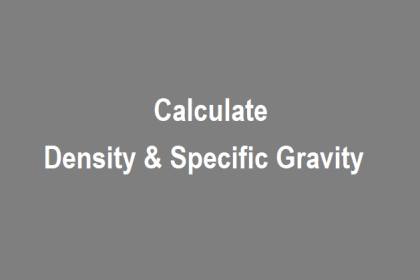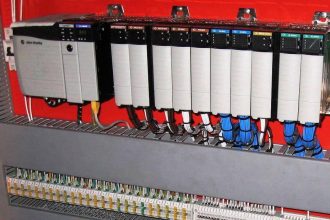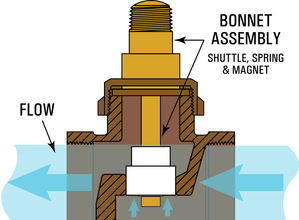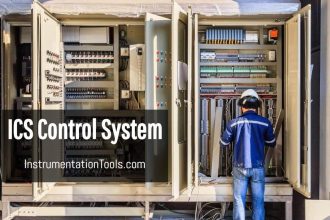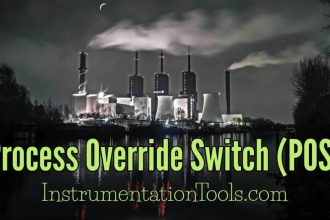A primitive kind of thermometer is called a Galileo thermometer, and it looks something like this:
Galileo Thermometer
Ambient temperature is indicated by the whichever ball is floating mid-way inside the liquid container. In this case, the indicated temperature is 72o F. Explain the operating principle of this thermometer.
A simple form of densitometer is used to measure the concentration of anti-freeze additive in automotive engine coolant. It somewhat resembles a Galileo thermometer, and it is read the same way (by seeing how many of the balls float):
Explain how this instrument works, and how its operating principle relates to that of the Galileo thermometer?
Answer:
A Galileo thermometer works on the principle of liquid density changing with temperature. As the liquid density changes with ambient temperature, different balls will achieve neutral buoyancy.
For the densitometer, more balls will float as the fluid becomes denser. This equates to a “stronger” concentration of antifreeze in the coolant mixture.
Read Next:
- Column Hydrostatic Pressure
- Liquid Level Equilibrium
- Electric-driven Air Compressor
- Sequential Operation Example
- Force Balance Transmitter
Credits: Tony R. Kuphaldt
